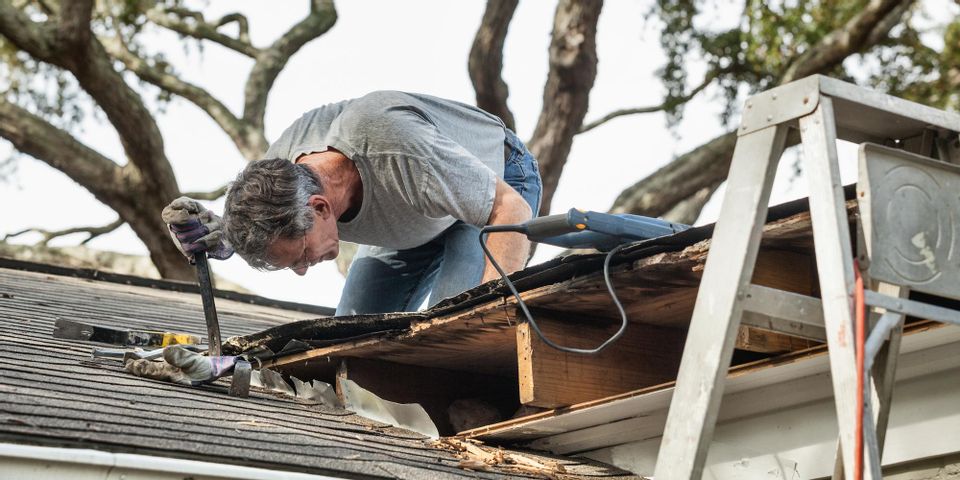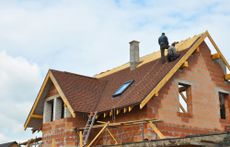A Guide to the Parts of Your Roof

When properly maintaining your roof, it’s useful to know about its different parts and how they work. While it’s always best to hire a roofing contractor, knowing a little more about the anatomy of your roof will help you to decide when to call a professional. The information below will give you a more in-depth understanding of your roof’s vital components.
Soffit
The purpose of a soffit is to cover the underside of the roof’s overhang and to provide ventilation for the attic, and they’re usually made from vinyl. If your roof doesn’t have an overhang, it won’t have a soffit either.
Ridge Vent
The ridge is the highest part of a roof and runs horizontally along the edge where the planes of the structure meet. It has a metal exhaust vent along the connecting seam that lets warm, humid air out of the attic.
Roof Decking
 The foundation of the roof, decking is typically made of wood, but it’s also sometimes made using metal or concrete. Underlayment covers the decking and sits below the shingles, adding an extra layer of protection, which is commonly made of synthetic or felt.
The foundation of the roof, decking is typically made of wood, but it’s also sometimes made using metal or concrete. Underlayment covers the decking and sits below the shingles, adding an extra layer of protection, which is commonly made of synthetic or felt.
Fascia Board
Fascia boards are usually wood, run horizontally along the edge of a roof, and are designed to support the guttering. They also protect the house from wind and rain, and add to the aesthetic appeal of a property.
Flashing
A simple but vital part of your roof, flashing is a sheet of metal that prevents moisture from entering your home. It’s usually made from aluminum or galvanized steel, and it’s placed over joints as a barrier against water.
What Are Some Common Problems?
Since the fascia board protects the house from wind and rain, the moisture and oxygen create the conditions for fungi to grow. Then, rotting is caused by enzymes released by the fungi. You can look for soft, dark, or flaking patches on the wood that are signs of rot or mold.
Flashing can come loose in strong winds, and, because it is metal, it could potentially oxidize and corrode over time. The vinyl in soffits is effective at resisting moisture, but it does attract insects to nest in it, such as termites, which lead to holes that weaken the roof’s structure.
If flashing, shingles, and other protective features are not working properly, moisture could reach the decking and cause it to rot. Visible signs of rotting decking are sagging ceilings caused by warping or heavy waterlogging. Also, check for peeling wallpaper or damp patches on the ceiling in the upper floor of your home.
When you need an expert roofing contractor to repair your roof or install a new one, rely on Coast To Coast Contracting & Development in Hayward, WI. Having served the area since 2001, they offer a 100 percent satisfaction guarantee on everything from roofing services to kitchen and bathroom remodeling. They also specialize in custom home building. To get your free estimate, call (715) 790-0662 or visit their website.
About the Business
Have a question? Ask the experts!
Send your question

